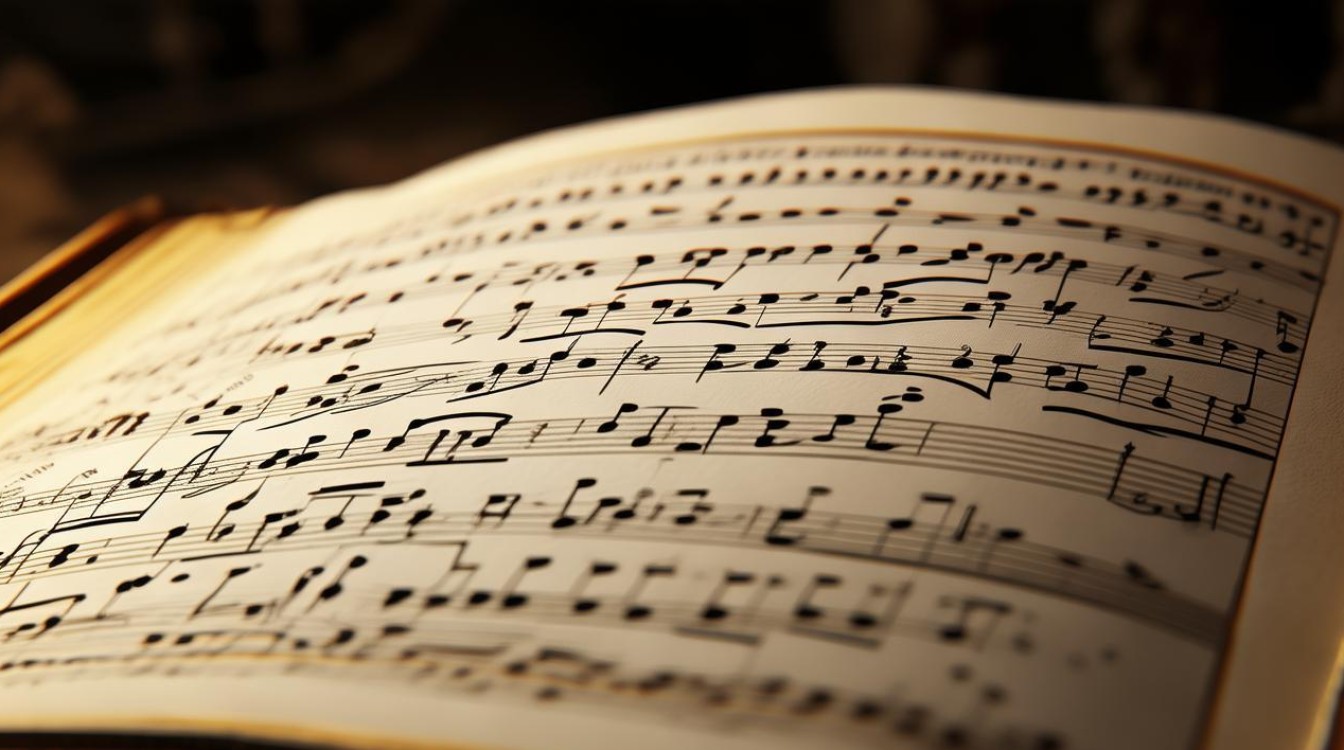Music is a universal language that transcends borders and cultures. Whether you're a musician, a student, or simply a passionate listener, understanding key English music terms can deepen your appreciation. This guide covers fundamental vocabulary across genres, instruments, theory, and performance.

Basic Music Terms
- Melody – A sequence of musical notes that form the main theme of a song.
- Harmony – The combination of different musical notes played simultaneously to create chords.
- Rhythm – The pattern of beats and timing in music.
- Tempo – The speed at which a piece of music is played (e.g., allegro for fast, lento for slow).
- Dynamics – The volume of music, ranging from pianissimo (very soft) to fortissimo (very loud).
Musical Genres
Understanding different styles helps in exploring diverse sounds:
- Classical – Orchestral and instrumental music from composers like Beethoven and Mozart.
- Jazz – Improvisational music with syncopated rhythms, rooted in blues and ragtime.
- Rock – Guitar-driven music with strong beats, from The Beatles to Led Zeppelin.
- Pop – Popular music designed for mass appeal, often with catchy melodies.
- Hip-Hop – Rhythmic vocal delivery over beats, including rap and electronic influences.
- Electronic – Music produced using synthesizers and digital tools, including house and techno.
Instruments and Their Families
Musical instruments are categorized into four main groups:
Strings
- Guitar – A fretted instrument with six strings, used in rock, folk, and classical music.
- Violin – A high-pitched string instrument played with a bow.
- Piano – A keyboard instrument where hammers strike strings to produce sound.
Woodwinds
- Flute – A wind instrument played by blowing across a hole.
- Clarinet – A single-reed woodwind with a rich tone.
- Saxophone – A brass-like woodwind used in jazz and classical music.
Brass
- Trumpet – A high-pitched brass instrument with three valves.
- Trombone – A brass instrument with a sliding tube for pitch variation.
- French Horn – A coiled brass instrument with a mellow tone.
Percussion
- Drums – Instruments that produce sound when struck, including the snare drum and bass drum.
- Xylophone – A pitched percussion instrument with wooden bars.
- Tambourine – A handheld drum with jingles.
Music Theory Essentials
For those studying music, these terms are crucial:

- Scale – A series of notes in ascending or descending order (e.g., major scale, minor scale).
- Chord – Three or more notes played together (e.g., C major chord: C-E-G).
- Key Signature – Sharps or flats at the beginning of a staff indicating the key of the piece.
- Time Signature – The meter of a song, written as a fraction (e.g., 4/4 means four beats per measure).
- Arpeggio – Playing the notes of a chord in succession rather than simultaneously.
Performance and Expression
Musicians use specific techniques to convey emotion:
- Vibrato – A slight, rapid variation in pitch for expressive effect.
- Staccato – Short, detached notes.
- Legato – Smooth, connected notes.
- Fermata – A pause or hold on a note.
- Crescendo – Gradually increasing volume.
- Decrescendo – Gradually decreasing volume.
Music Production & Technology
Modern music relies on technical terms:
- DAW (Digital Audio Workstation) – Software for recording and editing music (e.g., Pro Tools, Ableton).
- MIDI (Musical Instrument Digital Interface) – A protocol for connecting electronic instruments.
- Compression – Reducing dynamic range to balance audio levels.
- Reverb – An effect simulating sound reflections in a space.
- EQ (Equalization) – Adjusting frequency balance in audio.
Famous Musical Symbols
Recognizing these symbols helps in reading sheet music:

- Treble Clef (𝄞) – Used for higher-pitched instruments like the violin and flute.
- Bass Clef (𝄢) – Used for lower-pitched instruments like the cello and bass guitar.
- Sharp (♯) – Raises a note by a half step.
- Flat (♭) – Lowers a note by a half step.
- Natural (♮) – Cancels a sharp or flat.
Common Phrases in Music Discussions
When talking about music, you might hear:
- "That song has a great hook!" – Referring to a catchy musical phrase.
- "The bridge changes the mood." – The contrasting section before the final chorus.
- "The vocals are pitchy." – Slightly off-key singing.
- "The mix is muddy." – Poorly balanced audio frequencies.
Music vocabulary enriches listening experiences and helps in learning, performing, or discussing songs. Whether analyzing a symphony or producing a track, these terms provide the foundation for deeper engagement with music.
Exploring these words can open doors to new genres, techniques, and creative possibilities. The more you understand, the more you’ll appreciate the artistry in every note.



